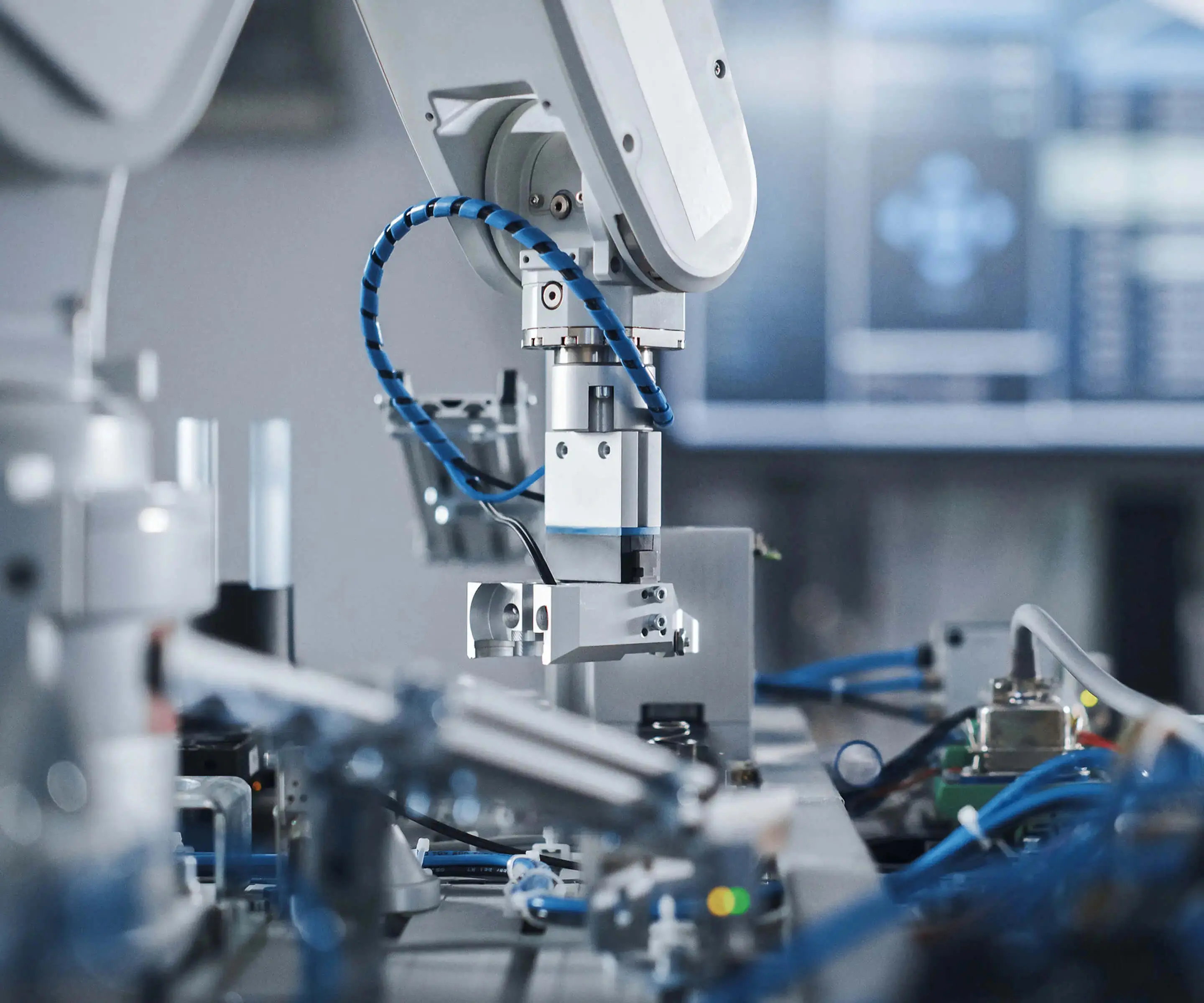Absolutely! Here's the first part of your soft article on "Hydraulic Servo Motor Working Principle." I'll follow the format you specified. Let's get started:

In the realm of modern engineering and automation, the quest for precise, reliable, and efficient motion control has led to the development of a variety of sophisticated technologies. Among these, hydraulic servo motors stand out as a marvel of fluid power engineering, seamlessly combining the strengths of hydraulics with advanced control systems. But what makes them so special? To truly appreciate their capabilities, it’s essential to understand their working principle—the core mechanism that allows these motors to deliver pinpoint accuracy and high torque in various industrial applications.
At a fundamental level, a hydraulic servo motor is a device designed to convert hydraulic energy into mechanical rotational motion with a remarkable degree of precision. Unlike simple hydraulic motors, which mainly generate continuous rotation or linear motion, servo variants are equipped with feedback mechanisms that provide real-time data about the motor’s position, speed, and torque. This feedback loop enables the system to make instantaneous adjustments, ensuring that the motor's output aligns perfectly with the control commands.
The basic structure of a hydraulic servo motor consists of several integral components: a housing, a rotor or a shaft, a stator or stator-like assembly, a hydraulic fluid supply network, and a feedback system—often a potentiometer, resolver, or digital encoder. The core principle hinges on controlling hydraulic pressure and flow to regulate the torque and angular position of the motor shaft.
Let’s imagine the working process: hydraulic fluid, often oil, is pressurized and directed into the motor via inlet ports. The fluid’s pressure is carefully regulated using valves controlled by an electronic servo amplifier, which receives input signals from a control system. As the hydraulic pressure acts on the motor’s internal chambers—usually on a piston or a vane—the resulting force causes rotation of the rotor.
But what truly sets a hydraulic servo motor apart is the integration of a feedback system. This component constantly measures the position or speed of the rotor. Suppose the control system commands a specific angle or velocity; the feedback device detects any deviation from this target and instantly signals the control mechanism to adjust the hydraulic pressure accordingly. This loop allows for minute adjustments, resulting in highly accurate and stable motor operation, which is critical in robotics, aerospace, manufacturing, and other high-precision fields.
The working principle encapsulates several dynamic processes: pressure generation, hydraulic power transmission, mechanical motion, and feedback control. The fluid's pressure acts as the transmission medium—delivering energy from the hydraulic pump to the motor. The hydraulic circuit typically incorporates components such as valves, filters, and accumulators to maintain optimal performance and responsiveness.
In essence, the operation of a hydraulic servo motor can be simplified into three primary stages: pressure application, energy conversion, and feedback regulation. When the system receives a command, the control amplifier modulates the hydraulic valves to direct pressurized fluid into the motor chambers. The fluid’s torque-generating force causes the rotor to turn. Meanwhile, the feedback system constantly relays the real-time position back to the control unit, which adjusts the hydraulic pressure and flow to ensure the motor's output precisely matches the desired parameters.
This seamless interaction between hydraulic power and electronic control is what enables hydraulic servo motors to achieve exceptional accuracy even under demanding operational conditions. They can perform rapid movements, hold positions under high loads, and adjust their motion instantaneously—features that are invaluable in automation lines, flight control surfaces, robotic arms, and precision testing equipment.
In the next section, we will delve deeper into the specific components involved, explore the detailed working cycles, and highlight real-world examples where hydraulic servo motors redefine what’s possible in technological innovation. Understanding these mechanisms not only offers insight into a fascinating field but also opens the door to designing smarter, more efficient systems harnessing the power of fluid control.
Kpower has delivered professional drive system solutions to over 500 enterprise clients globally with products covering various fields such as Smart Home Systems, Automatic Electronics, Robotics, Precision Agriculture, Drones, and Industrial Automation.




































